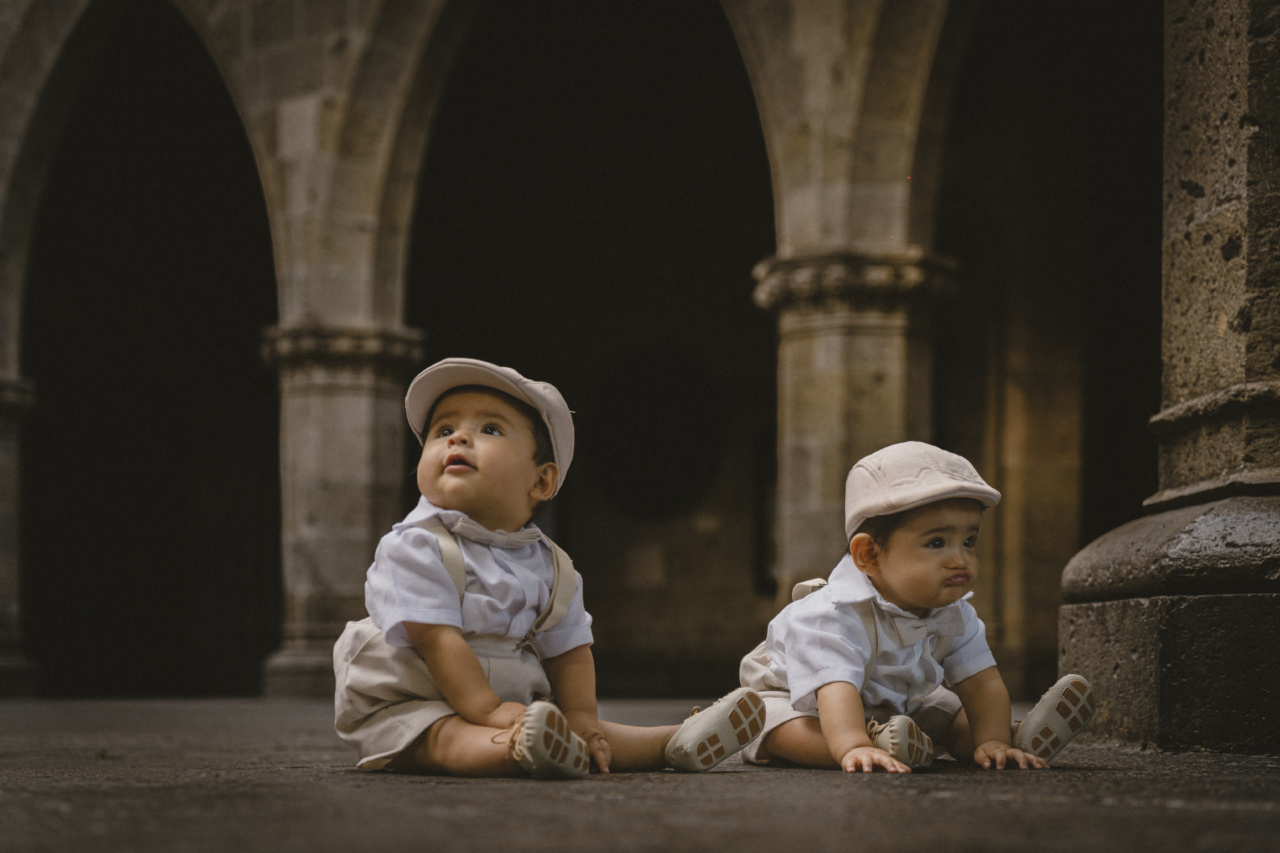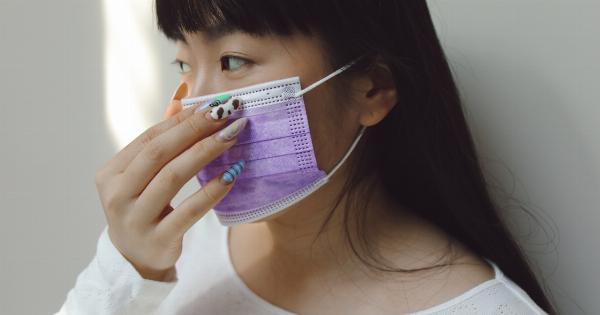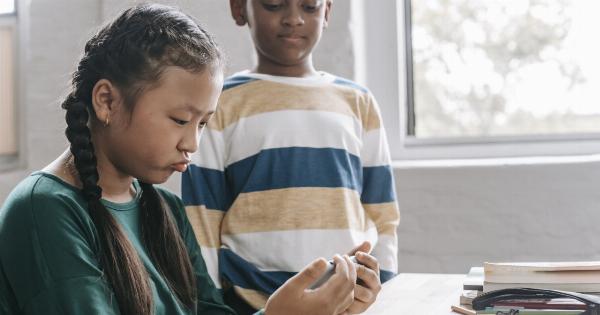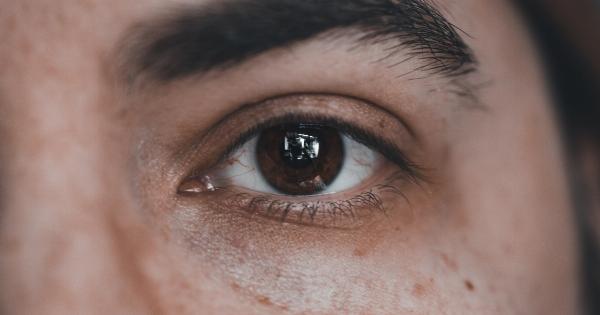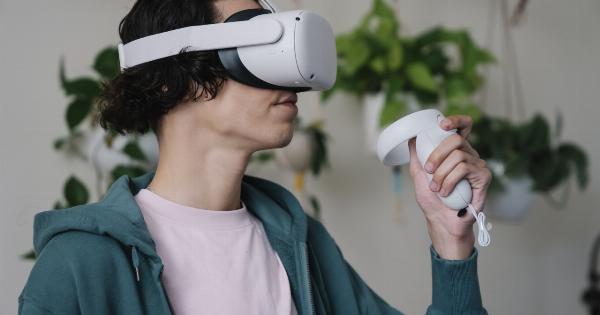Babies are born with limited visual acuity, and their eyes continue to develop over time. While their visual capabilities are not fully formed at birth, they gradually improve as they grow older.
Understanding when babies start seeing clearly can help parents and caregivers ensure appropriate stimulation and support for their visual development.
Birth to Three Months
During the first three months of life, babies are only able to focus on objects that are within 8 to 12 inches of their face. Their vision is blurry, and they have difficulty seeing fine details.
At this stage, babies are particularly attracted to high-contrast patterns such as black and white or brightly colored objects.
Babies also start to track moving objects with their eyes during this period. They may show interest in familiar faces and objects, responding with excitement or increased attention.
Three to Six Months
Between three to six months, babies’ vision begins to improve significantly. They start developing depth perception, allowing them to judge the distance between objects.
This newfound ability helps them reach accurately for objects they want to grab or touch.
Babies also become more adept at tracking moving objects during this stage. They can follow an object that moves across their field of view with greater ease.
Their visual acuity also improves, allowing them to see smaller details and differentiate between similar colors.
Six to Nine Months
As babies approach their sixth month, their visual capabilities continue to evolve rapidly. By this stage, they typically have a better grasp of distance and depth perception.
They can accurately perceive objects both near and far, which is crucial for their motor skills development.
Babies at this age also become more proficient in hand-eye coordination. They may be able to pick up small objects with a pincher grasp and examine them more closely.
They start to show a preference for familiar faces and objects, recognizing and responding to their caregivers or loved ones.
Nine to Twelve Months
Between nine to twelve months, babies’ visual abilities continue to strengthen. They acquire better color vision, and their ability to differentiate between similar hues improves.
By now, babies can perceive and discern a wider range of colors and shades.
Babies also become more skilled at tracking objects with their eyes, following them with precision and speed. They can now locate and focus on objects with greater accuracy and efficiency.
Additionally, their visual memory becomes more developed, enabling them to recognize and remember familiar items or images.
One to Two Years
Between the ages of one and two, babies’ visual acuity approaches that of an adult. They have developed most of their visual skills, allowing them to see clearly and perceive the world around them with greater acuity.
Depth perception and color vision continue to improve during this period.
By this age, babies can follow simple instructions that involve visual cues. They can recognize and name familiar objects, animals, and people.
Their visual memory allows them to recall and identify objects from previous experiences, aiding in their overall cognitive development.
Two Years and Beyond
After the age of two, babies’ visual acuity continues to develop, although the changes may not be as dramatic as in earlier stages. Their depth perception, color vision, and overall visual skills become more refined.
With their improved vision, toddlers can engage in more complex activities that require visual coordination and perception. They can recognize and interpret visual information such as letters, numbers, and shapes.
Their ability to focus and sustain attention also improves during this period, setting the stage for further learning and development.
Conclusion
Babies’ visual development is a gradual process that spans the first few years of life. While they are born with limited visual acuity, their vision improves with time and stimulation.
By understanding the stages of visual development, parents and caregivers can provide appropriate visual stimulation and support, aiding in their overall growth and development.
